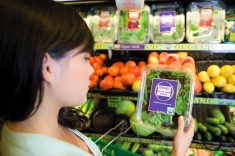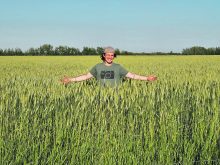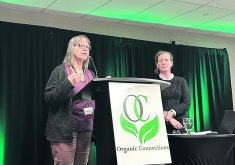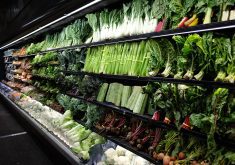Organic producers continue to be at the mercy of recommendations and results from conventional variety testing.
That’s according to Michelle Carkner, a research associate in the natural systems agriculture department at the University of Manitoba and speaker at the recent Advancing Organics conference in Saskatoon.
“Organic farmers are under a lot more pressure than conventional,” she said. “But the data that is shared in the Seed Manitoba guides are all under conventional management, so then we have to think independently of, ‘What combination of plant traits do we want in the organic system?’”
Read Also
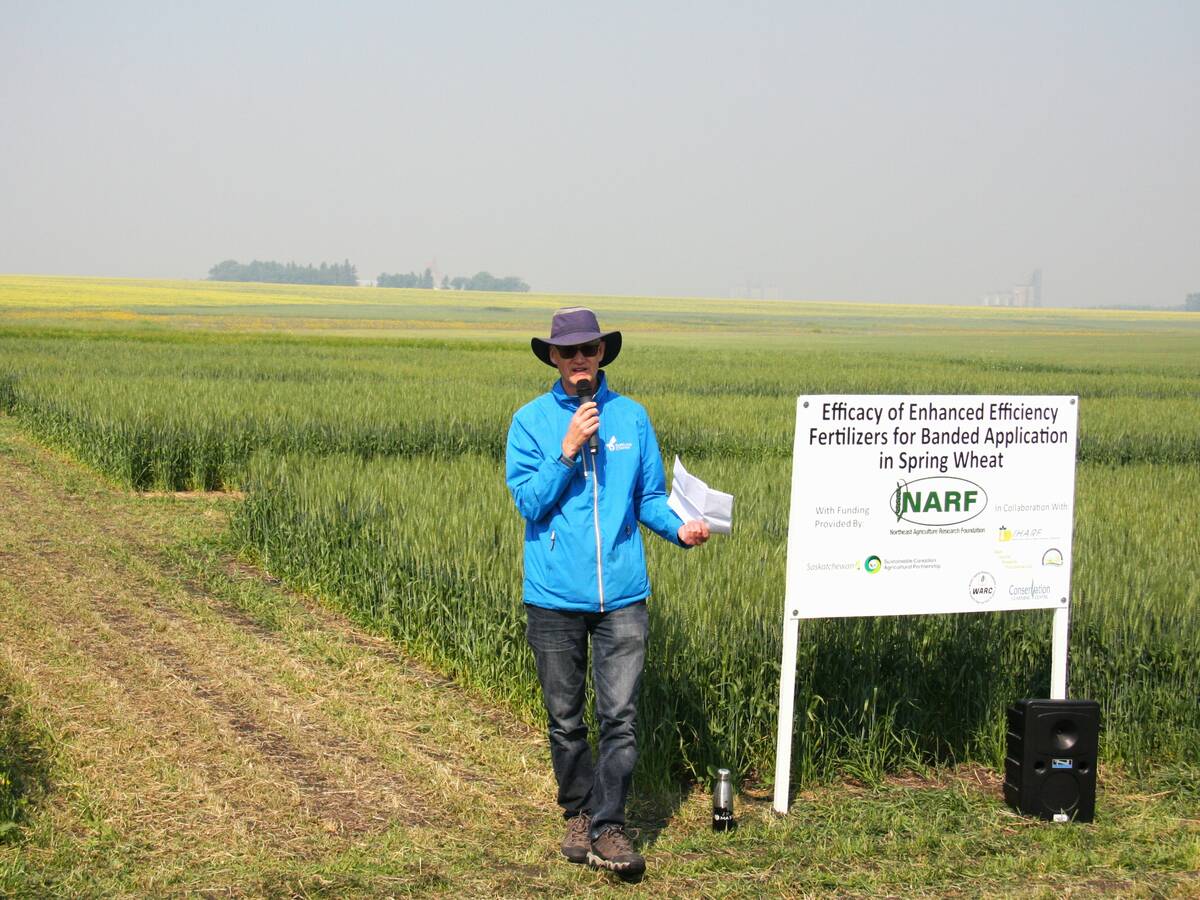
Fertilizer method’s link to emissions studied
A researcher says others studying greenhouse gas emissions aren’t considering how the loss of nitrogen into the atmosphere correlates with fertilizer application or if there is an impact to yield.
Why it matters
Organic cropping is much different from conventional farming, but organic producers are often left with data based on conventional production.
Carkner has been researching the adaptability of different wheat varieties for organic production.
Based on her experiences and research, correlations between yield and organic sought traits, as well as other organics research from across the Prairies, she’s developed a list of what’s most important for organic producers to look for in variety selection:
- fast germination,
- ability to positively interact with the biological nutrient supply,
- early season vigour,
- plants that can withstand mechanical weed control,
- height,
- strong biomass accumulation, and
- good disease and insect resistance.
Early season vigour, height, and biomass accumulation are all important in a crop that will be competing against weeds without the help of chemical control. But conventional wheat crops have been moving away from the tall stalks that might be better for organic. Lodging concerns have instead made semi-dwarf crops more on-trend.
Furthermore, not all of those qualities appear in seed guides. For farmers looking at their seed guide, Carkner has a shorter list of things they should be looking at: disease resistance, height, seed size, variety blends, Sm1 genes that indicate wheat midge tolerance, as well as yield.
“One thing that you can think about is highlighting some traits that are of interest first, and then narrowing it down to the varieties that yield just as well, or even better than the check,” she said.
When looking for these qualities, she recommends using several colours of pens or highlighters to narrow down the options: one colour for varieties with two valuable traits, another for three, and so on.
One disease warning was regarding bunt and smuts. For organic producers, it could be a breaking point, as the seed-borne disease is extremely difficult to eliminate without chemical treatment, she noted.
Another consideration for weed competition is kernel weight and seed size, she said. A larger seed relates to early vigour and weed competitiveness.
“We did some preliminary research on this in Manitoba,” Carkner said. “We looked at wheat seed size effect on the final yield. And so essentially, what we did was we took farmer-saved seed and we sieved it to different sizes and, at least in wheat, we saw a 23 per cent yield increase with larger seed size and then a 26 per cent docking decrease.”
They saw similar positive results when the research was replicated in barley and oats.






